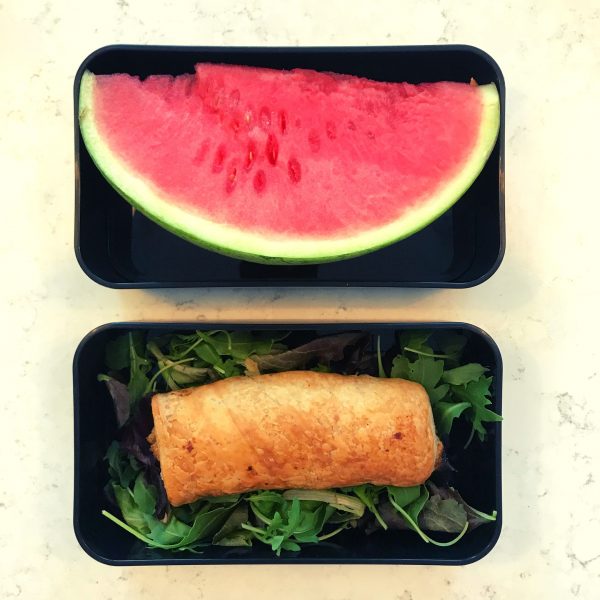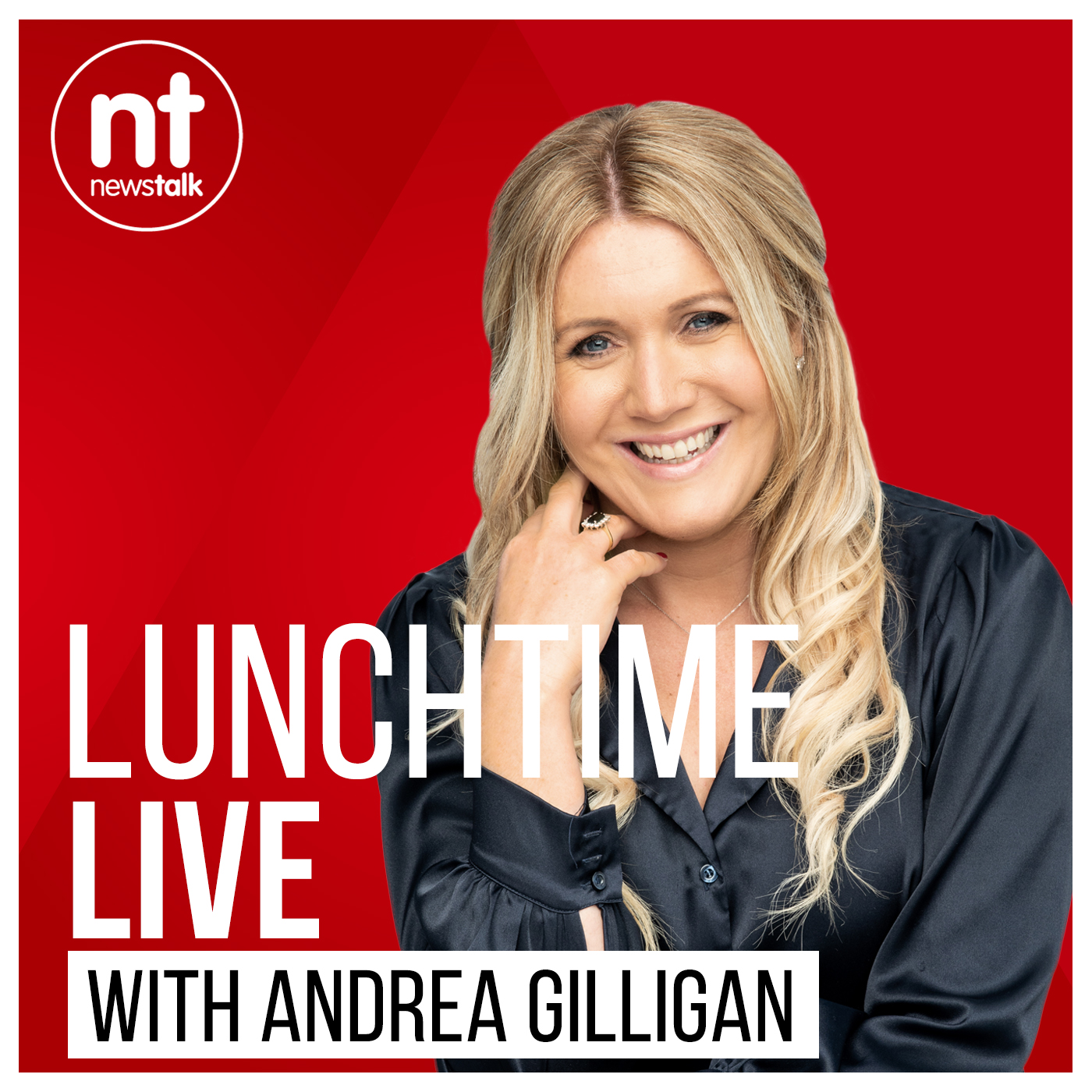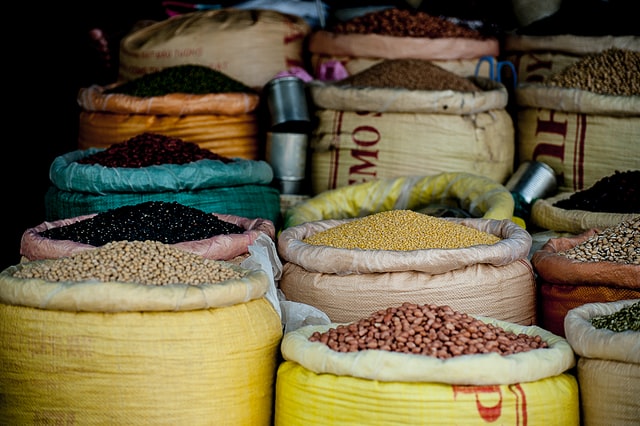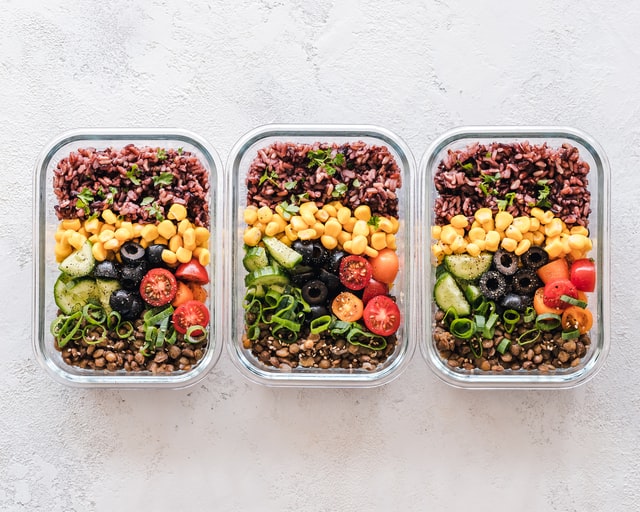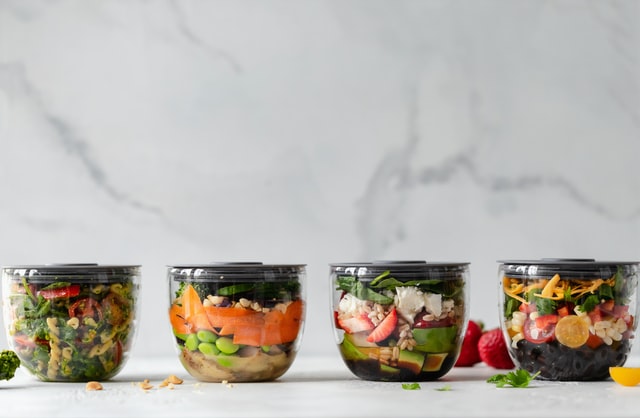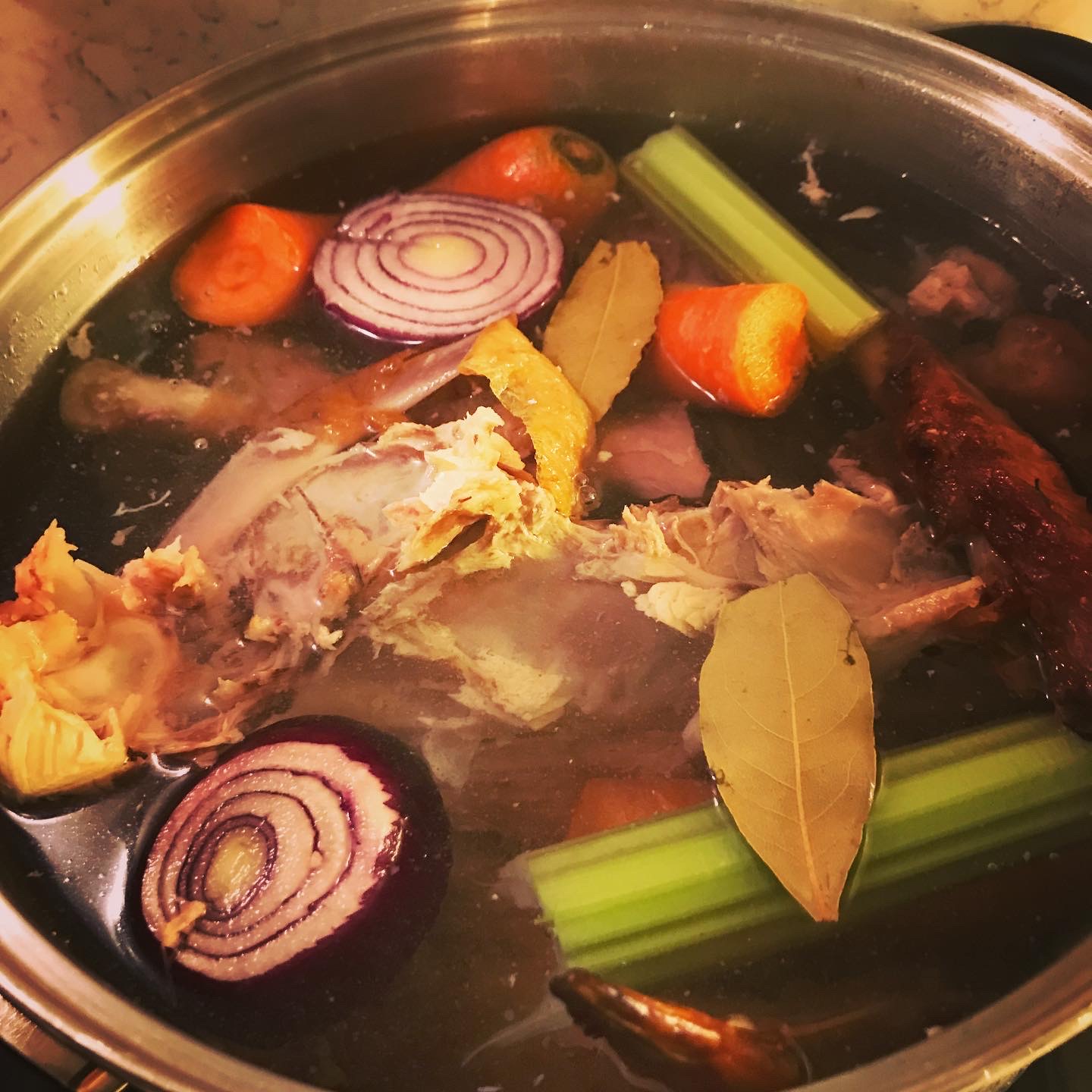So, kids returning to school is imminent. While we’re clinging to the last days of summer as best we can, another angst looms… the school lunchbox.
Continue readingNewstalk Lunchtime Live: 5 Top Super Foods in season
Last week I was asked to give my 5 top super foods and discuss them with Andrea Gilligan on Newstalk’s Lunchtime Live. You may have missed our chat so I thought I’d do a post on the topic of our conversation.
‘Super Foods’ as a concept is an interesting idea. To me ‘super foods’ is really a marketing term for nutritionally dense foods, so can be applied to a huge range of foods. There is a sense of being fad-ish, something I don’t usually buy into.
5 Top Super Foods
However, it got me focussing on what food groups are the best in terms of nutrient density. So, I thought I’d cover my top 5 ‘super foods’, or groups of foods, for this time of year as the following (and in no particular order):
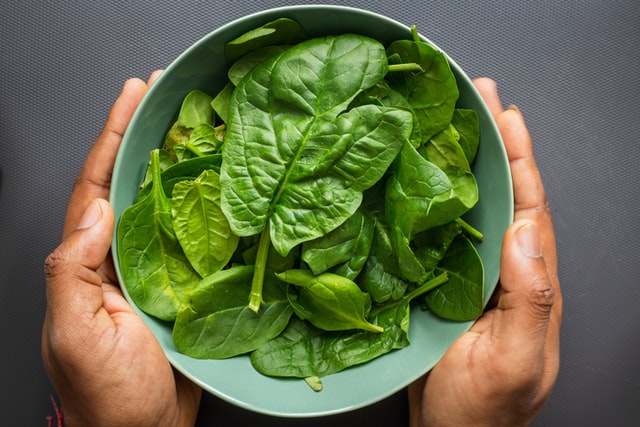
- Leafy greens – spinach, butterhead lettuce – High in Vitamin A, C and calcium. Also source of fibre. – aim to have a handful with most lunch and dinner. Add to soups, currys and stews and have as salad (and breakfast If possible – smoothies, with eggs)
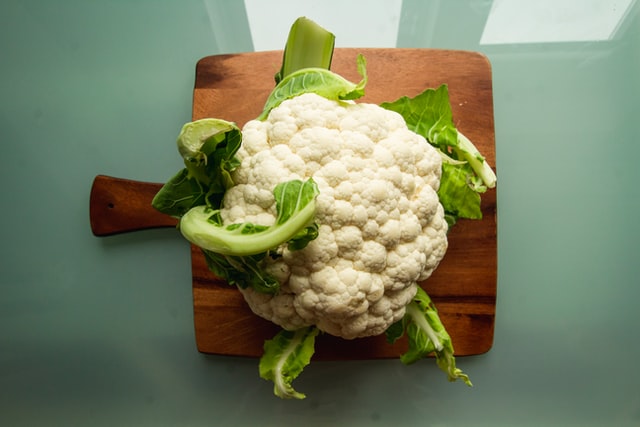
- Cruciferous veg – Brussels sprouts, cabbage, cauliflower – Source of fibre, vitamins A&C, phytonutrients. Thought to help reduce the incidence of cancer. Cauliflower is about ¼ protein so great for vegetarians, vegans and those looking to cut back on meat consumption.
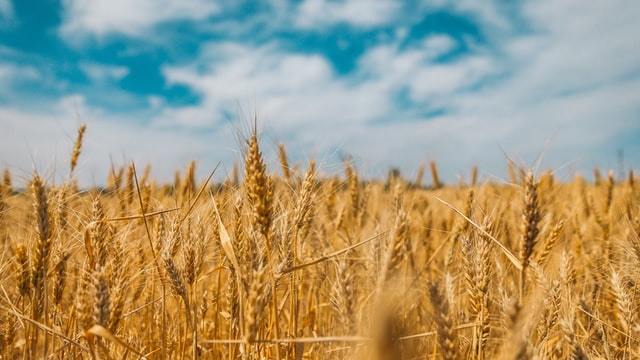
- Wholegrains – oats, brown rice, quinoa, whole wheat/grain – Complex carbohydrates, high in fibre (soluble & insoluble) – great for gut health, balancing blood sugar, keeping you feeling full for longer. Suggestions: Swap pasta, rice and bread for brown versions. Try other grains. Have fun. Be experimental.
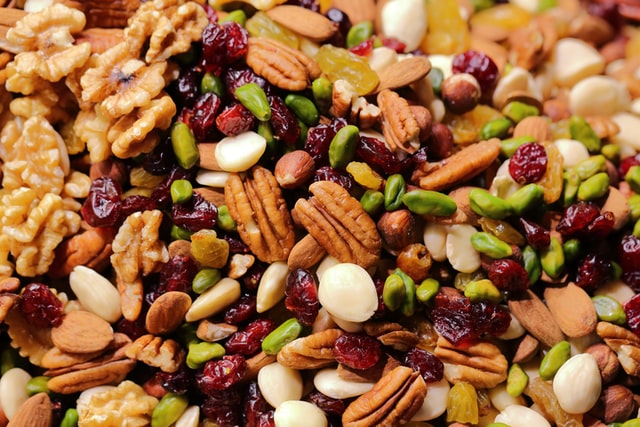
- Nuts & seeds – almonds, hazelnut, walnut and chia, flax, sunflower…. – source of protein, healthy fats, fibre – great for gut, skin and hair – calorie dense so be careful not to over-consume – Suggestions: add to breakfast oats, salads, have as a snack, baking etc.
- Legumes – kidney beans, black & red beans, soybeans, peas, chickpeas, lentils – Great source of protein so good for vegetarians and vegans, complex carbs, high fibre – Add to currys, stews, soups and salads
(Note: In summer we would look at berries and tomatoes as nutrient dense also)
Balanced Approach
The balanced approach I would take to ensure a nutritionally rich diet are to consider this holistic approach when shopping and preparing food. Here are some top tips to achieve this:
- Shop in-season
- Shop local
- Consume a wide variety of foods, particularly wholefoods – fruit and veg, wholegrains
- Organic is best if it’s within budget – Environmental Working Group (EWG) have the ‘Clean 15’ and ‘Dirty Dozen’
- Frozen foods are a good option – say berries and peas for year round use
- Balance the macro-nutrients – carbs, proteins, healthy fats
- Keep refined sugar and saturated fats to a minimum
- Fish are a great source of protein and healthy fats
- Live bio yoghurt is a great source of probiotics so good for your gut
- Stay hydrated
Outcomes
There are so many positive outcomes to eating a balanced, whole foods, nutritionally rich diet with good portion control. Here are some of the stand out ones that are possibly more easily achieved than you might think:
- Balanced blood sugar – consistency in energy levels
- Balanced hormones – helps with mood, skin and hair
- Healthy gut – impacts brain health
- Reduce inflammation
- Improves functionality of the many systems of the body
Next Steps
If refining and planning how you can improve what, and how, you eat is something you are looking to tackle right now, drop me a line at suzanne@thewellnowco.com to arrange your free discovery call with me. Sometimes all we need it to set aside the time, have the relevant info and throw in some focus and you would be amazed what you can achieve.

3 Easy Steps to Meal Planning
As a skill meal planning may not be regarded as sexy. But it has incredible qualities that shine through and make it very desirable. What other activity can offer a combination of improving your time management, reducing stress, improving nutritional intake, cost effectiveness and is sustainable too? I mean come on, surely we should all give it a try.
The problem so many people have is that they are short on time in the first place. When it comes to meal planning people sometimes think they want to be handed a finished meal plan and that’s the extent of it. For guaranteed success, however, the reality is different. There is a bit of work involved up front but the pay-off, already outlined, is well worth it.
It really is the starting point of taking control of your health, your way, entirely on your terms. It has the best chance of succeeding this way. If it doesn’t work for you straight away, you’ve invested in it personally so you know how to go about tweaking it so that you can revise it to work for you.
The three things you need to approach meal planning for success are:
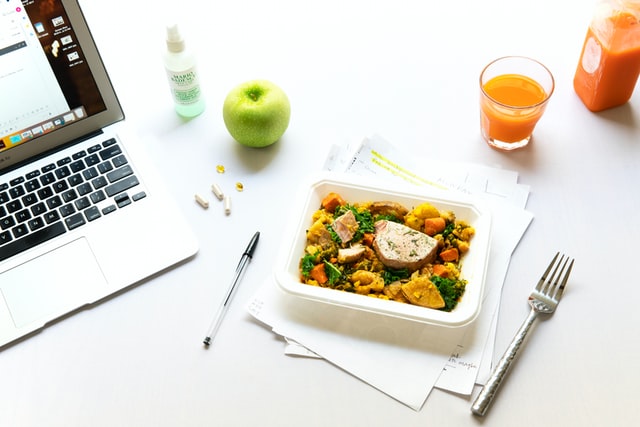
THE WHY
Set the right goals so that you stay motivated and on-track. Being clear of your objective in terms of meal planning is the recipe to success. Is there an underlying reason you want to get meal planning from a nutrition perspective? Maybe you want to eat more healthily, become more sustainable by incorporating in-season ingredients into your daily meals or you might simply want to improve the habits of your family. It could be that you want to manage your weight better, increase your energy or reduce your household costs. Knowing your why is critical to your success. It’s important to spend a bit of time asking yourself ‘why meal planning?’ because it’s when things start to falter you can remind yourself of this and get motivated to stick with it.
THE WHAT
Once you understand the outcome you want to achieve then you can have this as a focus when you are choosing your meals. Get informed as much as you can in terms of nutritional needs for your circumstances. Learning more about reading food labels may be something to consider. There will undoubtedly be taste considerations that need to be addressed also. Decide how you want to address these. You may want to push the introduction of a wider variety of vegetables into your weekly diet, or your children’s diet. This can be incorporated into your plan. You are in control.

THE HOW
Having the most appropriate tools for you is key. An approach or template or format that you can relate to and can make work for you is the first step. Then you need to make the plan work for your schedule and circumstances. Knowing the limitations and boundaries to your schedule and the people who will be impacted by your meal plan will allow you to tailor and tweak the plan to optimize success. Don’t plan to overhaul your entire diet in one go. Take on small changes and allow yourself time to bed them down and succeed at them before moving on to the next. Start with X number of dinners a week, or choose which meal to address so that it suits your needs right now. Your shopping then can become streamlined to avoid waste and maximize nutrition, maybe even taking into account what’s in season.
SOLUTION FOR YOU
To really get you in gear and help you bed down meal planning into your weekly routine then this online programme is for you. ‘3-Steps to Meal Planning for Health’ is The WellNow Co.’s video led online programme full of tools and information to get you meal planning like a pro. Check it out now, you won’t regret it.
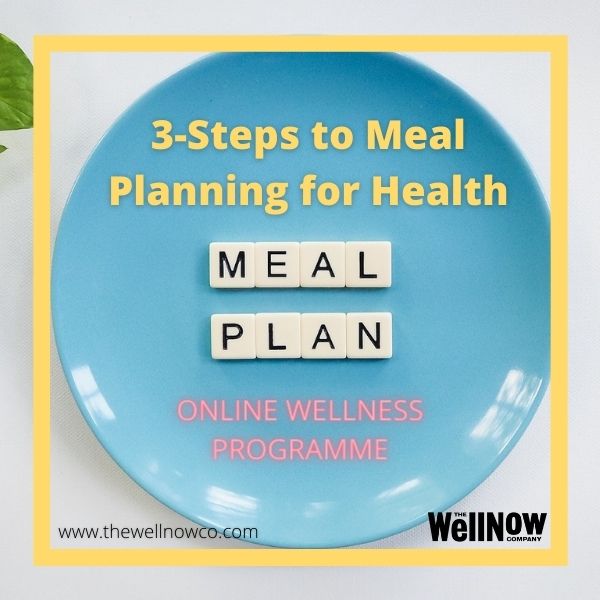
Featured Photo by Ella Olsson on Unsplash
Have Yourself a Healthy Christmas with your leftovers: Turkey Bone Broth
Bone broth has had something of a resurgence in the last few years but it is essentially stock, which is made from boiling bones of turkey, chicken or beef or another healthy animal. And who doesn’t want to have a healthy Christmas to help counteract some of the indulgences we all have?! Bone broth is packed with nutrients that help to support immune and digestive health along with having lots of benefits for the skin, teeth, hair and bones. It’s so easy to make but does take time to boil. If you don’t have a slow cooker or the full 8 hours to be at home while it’s cooking, boil it for as long as you can.
It’s a great use of the turkey leftovers and will contribute to having a healthy Christmas by taking advantage of all the benefits of bone broth and being sustainable while you’re at it. It makes it really sustainable to use any meat to it’s fullest. And by freezing any stock you don’t use straight away, makes it the Christmas present that keeps on giving! I usually make a big soup and freeze in portions, and will add it to casserole and risotto when using up other leftovers too.
I have included the vegetables that I regularly use when making bone broth but like many of our recipes, you can mix this up, depending on what you have in stock (pardon the pun!).
Ingredients:
1 Turkey carcass (preferably organic)
1 onion cut in half
2 sticks of celery, roughly chopped
2 carrots, roughly chopped
2 cloves of garlic
2 litres of water (this might vary depending on the amount of bones and the size of your pot)
1 tsp dried turmeric
1 tsp Freshly ground black pepper
1 bay leaf
2 springs thyme
Salt (preferably pink Himalayan) & pepper to season
Method:
- Place the turkey carcass into a large saucepan along with the onion, celery, carrots and garlic.
- Pour in enough water to almost cover the turkey (approx. 2 litres).
- Now add the turmeric, pepper, bay leaf, thyme and season with the salt and pepper.
- Bring to the boil and then reduce to a light simmer.
- Leave to simmer with the lid on for up to 8 hours to get all the goodness from the bones. The longer the better!
- Remove the turkey and veg so you’re just left with the liquid. I usually drain the liquid into a separate container using a large sieve to catch the carcass and veg.
- The stock can be used straight away or left to cool and frozen.
Note: The stock can be frozen in small containers or ice trays for use in dishes as and when you need it.

